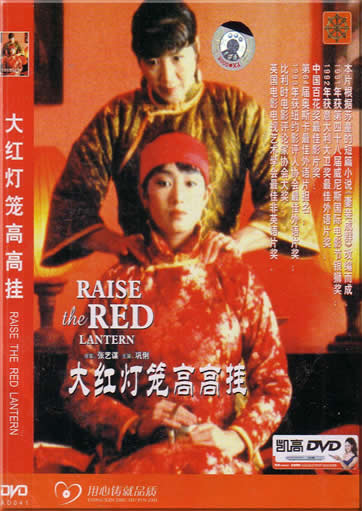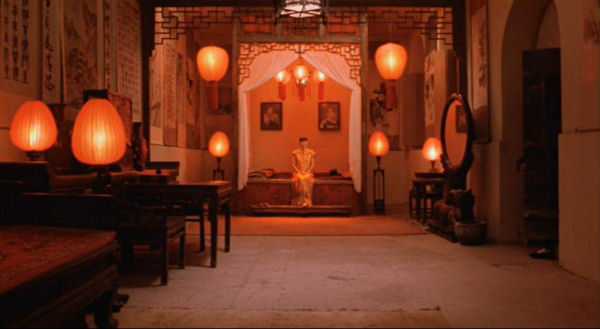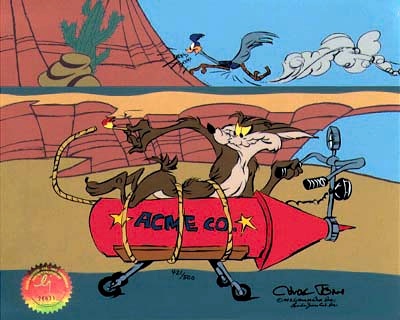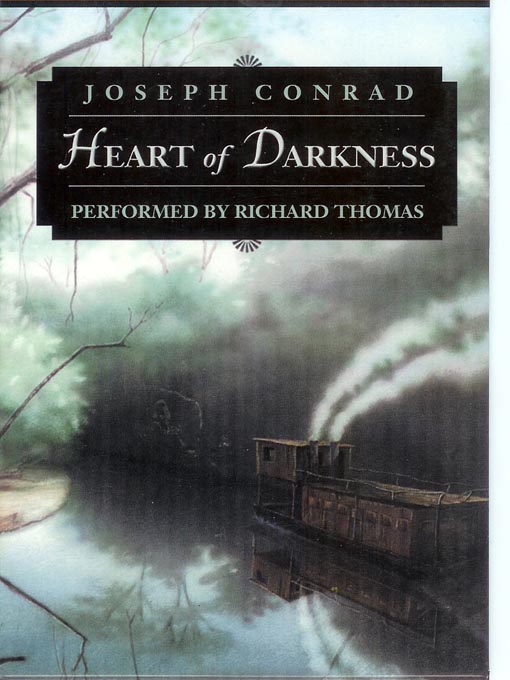
This week we had our first presentation: Sean's presentation on the life of Marcus Garvey, the Jamaican Black Nationalist, entrepreneur, and Pan-Africanist who founded the Universal Negro Improvement Association and the Black Star Line. Sean also showed us parts of a documentary on Garvey's life:
http://video.google.com/videoplay?docid=-125761695547273887Below is a picture of members of the UNIA at the Universal Publishing House, one of the organization's businesses.

 This week we returned to the novel and moved on to Chinese literature. (Remember the definition of the novel -- an fictional prose narrative of at least 50,000 words which emphasizes character over plot, focuses on a protagonist with whom we are supposed to sympathize, and has a realistic-seeming setting. We also talked about mimesis, the extent to which art imitates life.) Monday we began discussing one of the Four Classic Chinese Novels: The Story of the Stone (written during the 1740s or 1750s and published in 1791). Its authors are Cao Xueqin (volumes 1 to 3) and Gao E (volumes 4 to 5). Yes, the English translation of The Story of the Stone is five volumes long. However, the excerpts that we read are from the first volume.
This week we returned to the novel and moved on to Chinese literature. (Remember the definition of the novel -- an fictional prose narrative of at least 50,000 words which emphasizes character over plot, focuses on a protagonist with whom we are supposed to sympathize, and has a realistic-seeming setting. We also talked about mimesis, the extent to which art imitates life.) Monday we began discussing one of the Four Classic Chinese Novels: The Story of the Stone (written during the 1740s or 1750s and published in 1791). Its authors are Cao Xueqin (volumes 1 to 3) and Gao E (volumes 4 to 5). Yes, the English translation of The Story of the Stone is five volumes long. However, the excerpts that we read are from the first volume.
We began by discussing the frame narrative that takes us back to the beginning of time when the Chinese goddess Nu Wa built the sky but rejected the jade stone that became Bao-Yu, the protagonist of The Story of the Stone. (Below is a picture of Nu Wa with her husband Fu Xi.)

We also met the Fairy Disenchantment who will appear again in Bao-yu's dream in chapter 5. Then we met the Buddhist and Daoist monks who carry the stone off to be reborn as a human being, as Bao-Yu. Next, since this is a fairly extensive frame narrative for a five-volume work, we met Zhen Shi-yi, a man who will become a Daoist monk when his daughter is kidnapped. However, this part of the frame narrative is not important to the excerpts in our book, but Zhen Shi-yi and his daughter will be important later on as she becomes a servant in Bao-Yu's enormous household.

Once the frame narrative ends, we finally meet Bao-yu and Dai-yu in their human incarnations. As it turns out, they are cousins. In the next section we discussed, Dai-yu has come to live with Bao-yu's family. From the picture above, you may imagine that this family is not only prosperous but also overwhelming. And yes, we meet Bao-yu, the only boy among all these women. (Remember that he is the only *living* son and that his brother who died was a perfect young man.)

We also watched the trailer for the recent TV miniseries:
http://www.youtube.com/watch?v=AHUGdUH-3fII mentioned three Chinese religions: Confucianism (some call this more of a political philosophy), Daoism, and Buddhism.
For more information about Confucianism,
http://www.askasia.org/teachers/essays/essay.php?no=38For more information about Daoism,
http://www.askasia.org/teachers/essays/essay.php?no=40&PHPSESSID=cf3a1e7b0f8e79502f7f76f32db9f031For more information about Chinese Buddhism,
http://www.hinduwebsite.com/buddhism/chinese_buddhism.asphttp://depts.washington.edu/chinaciv/bud/5budhism.htmBelow is a picture of a Daoist temple in Sichuan, China.

Tuesday we moved on to chapters 5 and 17. Chapter 5 covers Bao-yu's dream of initiation where he meets the Fairy Disenchantment, watches her Dream of Golden Days, and marries her sister Ke-Qing. The Fairy Disenchantment informs Bao-yu that he has "lust of the mind." We might call him unconventional. She says that Bao-yu's ancestors have asked her to meet with him. Do you think that Bao-yu changes his ways after this dream? Then in chapter 17 Bao-yu's father (Jia Zheng who epitomizes the masculine ideal of his class) tests his son by asking him to name various places in the extensive gardens. These gardens have been built to host Bao-yu's sister, the Imperial Concubine. On the surface, Jia Zheng seems to treat his son's suggestions scornfully...yet he will use them. What do you think of the narrative's depiction of nature? Or Bao-yu's remarks on nature? And his father's response?
Below is a picture of the Grandview Garden in Beijing, a tourist site that replicates the garden in The Story of the Stone.

To look at another approach to parenting, masculinity, and nature, we also watched some scenes from the Korean film, Spring Summer Fall Winter and Spring Again. If you would like to watch these scenes from Spring and Fall again, here are links to YouTube videos:
http://www.youtube.com/watch?v=cuc-o3KSxBohttp://www.youtube.com/watch?v=B8F23jIXrr8
Below is a picture of director Kim Duk-ki in the role of the old monk's adoptive son when he comes back to the monastery after doing his time.

Wednesday Bryan gave his presentation on the history of Liberia, one of the few African countries that was independent during the 19th century. This country was settled by freed slaves from the United States and elsewhere. Ironically or not so ironically, these settlers battled with and mistreated the indigenous people. (Remember the house boys and house girls that Bryan told us about.) In its history, Liberia has had only one president who was a descendant of the indigenous people, Samuel K. Doe. Liberia's recent history has also been bloody.

I am going to try to track down the videos that Bryan showed us, but for now, here are pictures from Liberia:

The picture below is Charlotte Hess' photograph of schoolchildren in Monrovia, Liberia's capital. The photograph is from the Digital Library of the Commons.

Below is a picture of Charles Taylor, Liberia's former president who is now being tried at the Hague for the crimes that he committed.

We also watched the Chinese film Raise the Red Lantern (1991, dir. Zhang Yimou). Below are links to YouTube videos of this film in case you would like to watch it again more closely.
(Thank you, Xirui!!)
art 1:
http://www.youtube.com/watch?v=ZiQmkpHz5s0 Part 2: http://www.youtube.com/watch?v=0JabrhH5XVM
Part 3: http://www.youtube.com/watch?v=_qapbesdj9I
Part 4: http://www.youtube.com/watch?v=g3BY5gUm_VM
Part 5: http://www.youtube.com/watch?v=6nE9HvuoUeI
Part 6: http://www.youtube.com/watch?v=idKLdJEYWLY
Part 7: http://www.youtube.com/watch?v=idKLdJEYWLY
Part 8: http://www.youtube.com/watch?v=X8FcZoeyA_g
Part 9: http://www.youtube.com/watch?v=UP9eojD_rck
Part 10: http://www.youtube.com/watch?v=WQHe0s8D624
Part 11: http://www.youtube.com/watch?v=PB5bA0mx-wE
Part 12: http://www.youtube.com/watch?v=3v9ViAWnnsY
Part 13: http://www.youtube.com/watch?v=h-yENcPaDWQ
Part 14: http://www.youtube.com/watch?v=Kc4LrUaKGxU
Part 15: http://www.youtube.com/watch?v=nRbbjneaPx0
Part 16: http://www.youtube.com/watch?v=eBEnaIRWEaI
Part 17: http://www.youtube.com/watch?v=rMhM709-_gE
Part 18: http://www.youtube.com/watch?v=sFoXjpjiw_E
Part 19: http://www.youtube.com/watch?v=62NDyH9JJsc
Which visual elements jump out at you as you watch the film again? Which aural elements? Do you believe that Songlian is a tragic heroine?




 Hmmm...Kristin Chenoweth was certainly a dazzling Cunegonde. I wonder how she would be as Nora!
Hmmm...Kristin Chenoweth was certainly a dazzling Cunegonde. I wonder how she would be as Nora!











 This week we returned to the novel and moved on to Chinese literature. (Remember the definition of the novel -- an fictional prose narrative of at least 50,000 words which emphasizes character over plot, focuses on a protagonist with whom we are supposed to sympathize, and has a realistic-seeming setting. We also talked about mimesis, the extent to which art imitates life.) Monday we began discussing one of the Four Classic Chinese Novels: The Story of the Stone (written during the 1740s or 1750s and published in 1791). Its authors are Cao Xueqin (volumes 1 to 3) and Gao E (volumes 4 to 5). Yes, the English translation of The Story of the Stone is five volumes long. However, the excerpts that we read are from the first volume.
This week we returned to the novel and moved on to Chinese literature. (Remember the definition of the novel -- an fictional prose narrative of at least 50,000 words which emphasizes character over plot, focuses on a protagonist with whom we are supposed to sympathize, and has a realistic-seeming setting. We also talked about mimesis, the extent to which art imitates life.) Monday we began discussing one of the Four Classic Chinese Novels: The Story of the Stone (written during the 1740s or 1750s and published in 1791). Its authors are Cao Xueqin (volumes 1 to 3) and Gao E (volumes 4 to 5). Yes, the English translation of The Story of the Stone is five volumes long. However, the excerpts that we read are from the first volume.












 These are the works that will be on the midterm:
These are the works that will be on the midterm:

